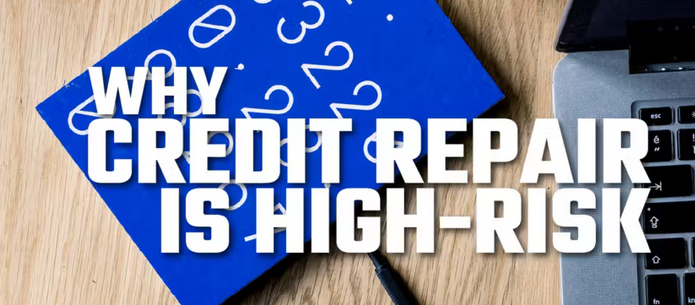If you’re a merchant who accepts credit card payments, you’re likely familiar with chargebacks. A chargeback occurs when a customer disputes a transaction and asks their bank to reverse the payment. Chargebacks can be costly and time-consuming for merchants, and they can also hurt your business’s reputation.
To help you avoid chargebacks, here’s an overview of what they are and how you can prevent them.
What is a Chargeback?
A chargeback is a reversal of a payment that a customer has made to a merchant using their credit card. Chargebacks are initiated by the customer, who disputes the transaction with their bank. The bank then investigates the dispute and may reverse the payment if they determine that the customer is entitled to a refund.
There are several reasons why a customer might dispute a transaction and initiate a chargeback. Some common reasons include:
- The customer didn’t receive the product or service they paid for.
- The product or service they received was defective or didn’t meet their expectations.
- The customer was charged more than they agreed to.
- The customer doesn’t recognize the transaction and believes it was fraudulent.
Chargebacks can be costly for merchants, as they typically result in the loss of the transaction amount and a chargeback fee. Merchants may also be subject to fines or penalties if they have a high number of chargebacks.
How to Prevent Chargebacks
To prevent chargebacks, merchants should take steps to ensure that their customers are satisfied with their purchases and have no reason to dispute a transaction. Here are some best practices for preventing chargebacks:
- Provide clear product and service descriptions: Make sure your customers know exactly what they’re getting when they make a purchase from you. Provide detailed product and service descriptions, and be transparent about pricing and any fees.
- Deliver products and services on time: Be sure to deliver your products and services on time and as promised. If there are any delays or issues, communicate with your customers as soon as possible.
- Make it easy for customers to contact you: Provide clear and easy-to-find contact information, such as a phone number and email address. Be responsive to customer inquiries and complaints.
- Use fraud prevention measures: Implement fraud prevention measures to protect your business from fraudulent transactions. These can include address verification, CVV matching, and IP geolocation.
- Respond to chargebacks promptly: If you do receive a chargeback, respond to it promptly and provide any evidence you have to support your case. This can include order details, shipping information, and communication with the customer.
By following these best practices, you can help prevent chargebacks and protect your business from the costs and negative effects of disputes. Feel free to reach out to us at GetPayment so we can help you with your chargeback and processing issues.




